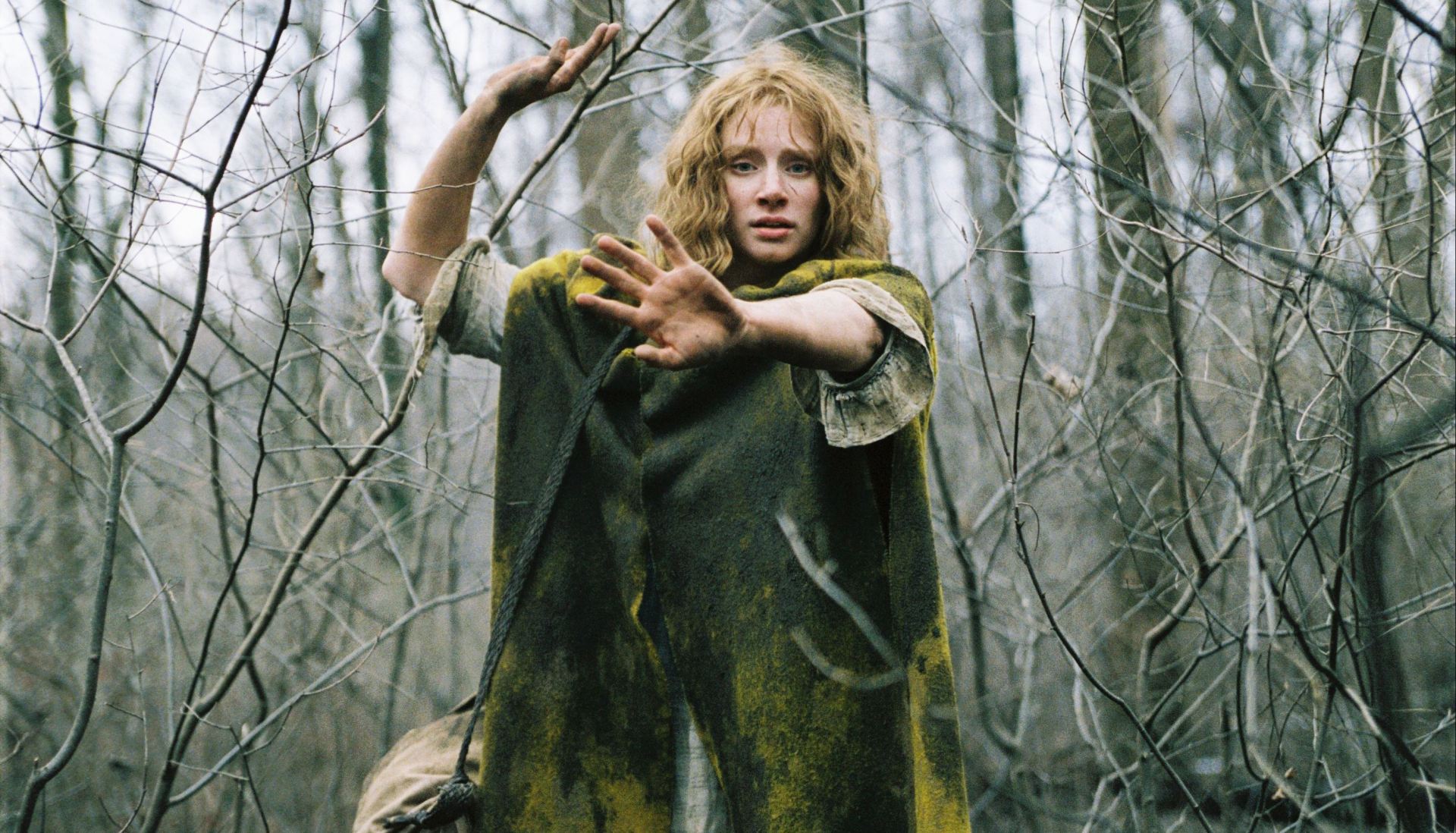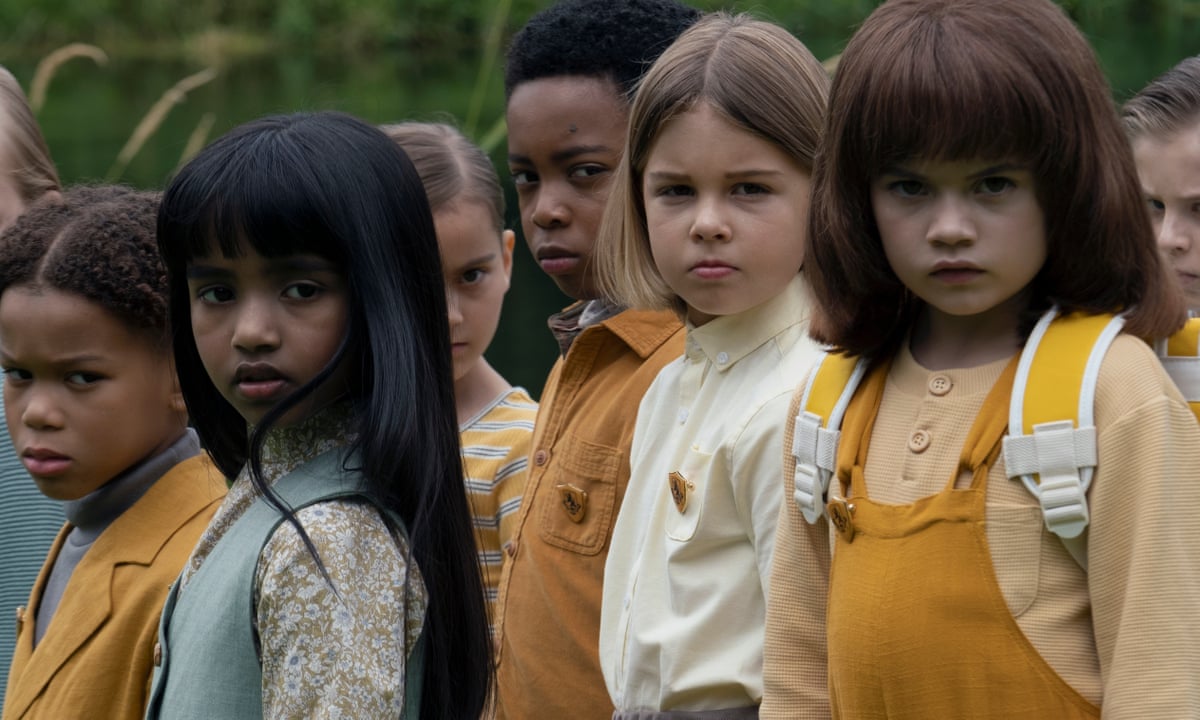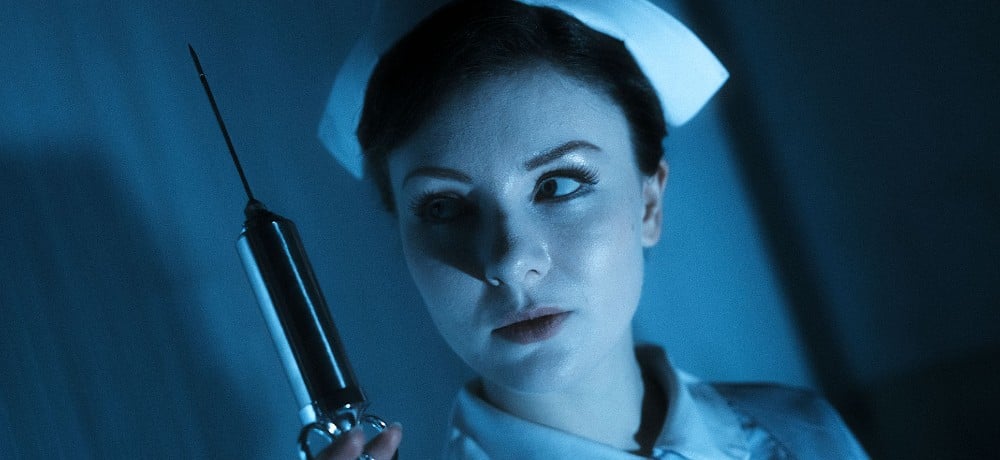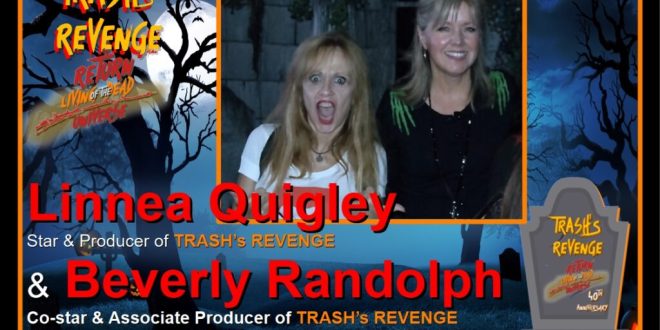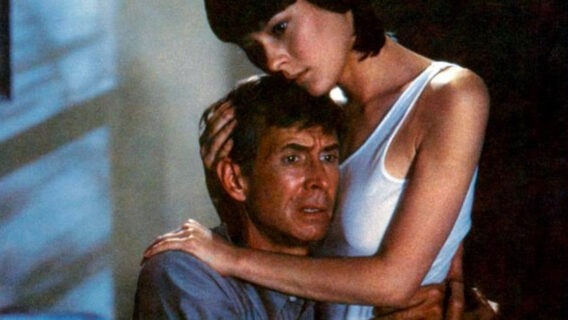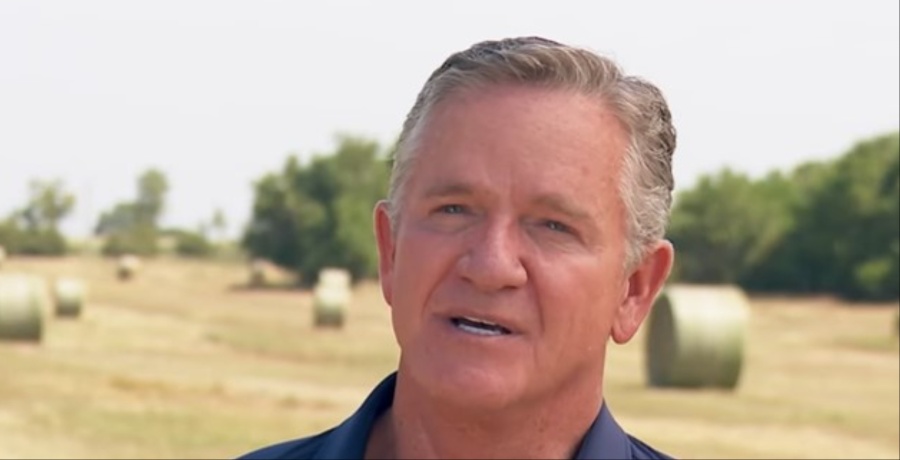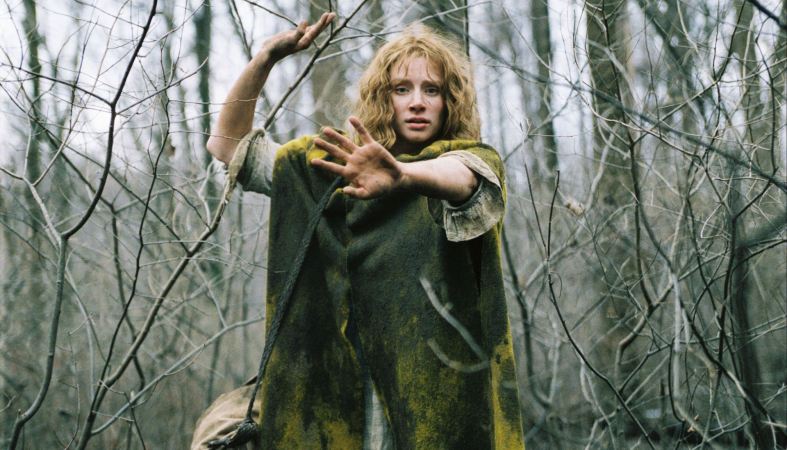
“The Next Spielberg.” Such was the prophecy as foretold by Entertainment Weekly in 2003 after M. Night Shyamalan released his highly-anticipated alien invasion domestic thriller, Signs. Starring a pre-disgrace Mel Gibson, Signs grossed $408.2 million amidst thunderous applause from critics. Shyamalan had dazzled them, and the world, with his paranormal thriller, The Sixth Sense, which came out of nowhere to become not just a sleeper hit but a cultural phenomenon.
Shyamalan then followed it up with Unbreakable, a slow-burn deconstruction of superhero mythos that might not have taken the box office by storm the way its predecessor had, but still proved that the Philadelphia writer/director was a peerless visionary with an acute grasp of suspense, an endless imagination, and a rich sense of spiritualism. When Signs proved to be the third slam dunk in a row, the industry gatekeepers and moviegoers were ready to coronate M. Night Shyamalan as the next Rainmaker.
Then, The Village happened.
Don’t get it twisted, The Village was still, technically, a hit. It grossed $256.7 million against a $60 million budget. A period thriller about isolated villagers who are being terrorized by mysterious creatures who are only referred to as, “Those We Don’t Speak Of (which I’m guessing is what Shyamalan called his next four films after this), The Village made $50 million in its opening, virtually as much as the opening weekend numbers of Signs.
Also Read: ‘The Fall of the House of Usher’: ‘Succession’ But Make it Spooky
The difference is, most audience members didn’t leave the theater especially enthralled. While some critics had made mild critiques of Shyamalan’s previous efforts, this would be the most hostile reaction he would receive from them to date. Roger Ebert was particularly brutal, giving the film only one star and saying of the twist ending “to call it an anticlimax would be an insult not only to climaxes but to prefixes.” The disappointment with Shyamalan’s twist, which had already become a staple of his filmography, was a particularly recurring complaint. A complaint that would hailed at Shyamalan’s movies for the next decade.
His reputation took another hit from a laughable faux documentary released in promotion of The Village. Purporting to be a serious investigative documentary on Shyamalan’s background, The Buried Secrets of M. Night Shyamalan postulated that the writer/director had a connection to the supernatural, one which enabled him to make such effective thrillers. While the documentary was meant to be a gag, it solidified the public’s perception was a self-serious control freak that was more interested in cultivating mystique than in crafting compelling or even competent genre films.
Then after The Village, there was Lady in the Water. After that, it was The Happening. Finally, Shyamalan’s credibility cratered with The Last Airbender. The initial stumble of The Village would become a downward spiral from which the director has only recently clawed himself out from. After proclaiming him the “Next Spielberg,” both the film industry and audiences believed that M. Night Shyamalan pulled them for an M. Night Sham.
Also Read: One Good Scare: ‘Halloween’ Fan Films and The Future of The Boogeyman
For most people, that’s all The Village has ever been: the cracks in the foundation, the ominous sign of things to come for a director who went on one of the most notorious Losing Streaks in the history of the business. There have only ever been mild attempts at reappraisal at The Village, but it remains a film that people are largely disinterested in. People are much more interested in revisiting the What-The-Fuckery of M. Night’s The Happening, which some have argued was a stealth homage to corny B-movies. I’ve seen people more inclined to defend Shyamalan’s infinitely more despised Lady in the Water if not for the fact its audacity. I wouldn’t surprised if people are more ready to re-evaluate Shyamalan’s utterly detested The Last Airbender due to the new live-action reboot from Netflix that alienated fans before it even opened.
People are likely to just dismiss The Village as a miscalculation from an auteur who bought his own hype. The Village could be a miscalculation from a career perspective, but it was also robbed of its moment by a misleading marketing campaign. In fact, Shyamalan is reported to have said that his biggest regret was the marketing for The Village. While the trailers promised another families-under-siege-from-creepy-crawlies barnburner a la Signs, Shyamalan opted to deliver a haunting and humanist slow-burn that preys on fears more primordial than Cloaked Creatures roaming the woods. This is M. Night Shyamalan playing Henry David Thoreau and meditating on the forces of nature and the double-sworded empowerment of alienation.
Also Read: This Terrifying Clive Barker Hidden Gem Now Streaming on Tubi
Lensed by the great Roger Deakins in his single collaboration with Shyamalan, The Village shows a director at the height of his powers and one who knows how to use them. I’m also writing this as I listen back to James Newton Howard’s beautiful score, which truly enunciates the film’s mystic tone and resonant emotions. Both Deakins and Howard are venerated figures in the industry, and I dare say that both did some of their finest work here.
Shyamalan also assembled his most star-studded ensemble, which includes a young Bryce Dallas Howard (Argylle). It also features Joaquin Phoenix (Joker) returning from Signs in an endearing role that proved his capabilities as a leading man, albeit an eccentric one, after a career of supporting roles in Gladiator and 9mm.
Aside from an unfortunate performance from Adrien Brody (Predators), fresh off of his unfortunate stint hosting SNL and unfortunate kissing of Halle Berry at the Academy Awards, the whole cast delivers rich performances of layered characters that would befit Classic Theater. It’s the tension between these villagers, between the old guard headed by William Hurt (A History of Violence) and Sigourney Weaver (Alien) and the young skeptics of Bryce Dallas Howard and Joaquin Phoenix, that fuels the suspense of The Village. Make no mistake, this is a taut thriller, but one that relies more on pure atmosphere than the likes of Signs, which I would argue gives into schlock trappings by the end.
Also Read: ‘Warlock’ Is ‘The Terminator’ With Witchcraft [The Overlooked Motel]
That’s where we get into spoiler territory.
So, in case you weren’t one of the many audience members who either called the twist or felt slapped in the face by it, here’s the sitch: not only are Those We Do Not Speak Of revealed to be fake creatures fabricated by the townsfolk, but this Village of Yesteryear is actually a cult living in the contemporaneous, choosing to exist as if it’s Colonial Times to escape the horrors and ugliness of The Modern World. Audiences surely came to the theater expecting a twist that would completely recontextualize The Village, just as Shyamalan had done with The Sixth Sense and Unbreakable. It was more than a staple of his films. It had become a pillar of his storytelling structure.
But the double-whammy that ends The Village doesn’t masterfully reshape the narrative and make for a gratifying rewatch. It’s almost self-defeating. After all, the twist of The Sixth Sense isn’t that Haley Joel Osment (A.I.) is just imagining things. The twist of Unbreakable wasn’t that Bruce Willis (Die Hard) was just a normal dude. And the twist of Signs doesn’t reveal that the alien invasion was just a hoax. Honestly, part of me wishes that it was. That could have been preferable to the real twist, which is that the aliens are vulnerable to water and wood, two of Earth’s most plentiful resources.
Also Read: ‘Dragon’s Dogma 2’ Scares Me More Than Most Horror Games
Actually, the twist of The Village almost reads as a reaction to the ending of Signs from a dissatisfied Shyamalan who refused to make another monster movie. His fans had developed expectations. Expectations that he himself set with his first three hits. But he was clearly determined to defy whatever people considered to be the conventional M. Night Shyamalan experience and gave them his most challenging ending to date. It’s off-putting, and I’m not sure I can make the case that it was brilliant or a masterstroke. He doesn’t execute it particularly gracefully either. When the blind Bryce Dallas Howard has to go off to the woods in order to find medicine for a wounded Joaquin Phoenix, we’re not even given the chance to be frightened for her. William Hurt reveals to her, and the audience, that the monsters are just villagers in costumes.
But there’s something unsettling nonetheless about watching a disturbed Adrien Brody steal a costume from his parents and terrorize Bryce Dallas Howard. In one sense, he’s an unstable individual stalking and assaulting a young girl. In another sense, he’s carrying on a tradition established by his forefathers and has become a living embodiment of the willful ignorance that they inhabit. These are people who elected to create a boogeyman, to be boogeymen, in order to shape their own personal social order. It might rob the audience of the creature feature they’d paid money to see, but it also could be a tale that a post-Iraq War America needed to hear.
Also Read: “Just Reach Up”: The Power Of Dr. Dakota Block in ‘Planet Terror’ [The Lone Queer]
Watching The Village after Elevated Horror has taken the genre by storm, it’s hard to believe that it disappointed diehard fans, let alone infuriated them. Folk horror has proven the fear of the unseen, A24 horror refuses to pander to its audience with its enigmatic narratives and austere direction. And those impulses have been validated by critics and audiences time and again. Do we not have room in our hearts to welcome The Village into our good graces? Or is it guilty by association for having heralded the low point of Shyamalan’s filmography?
And who’s to say that Shyamalan didn’t embolden such a movement with The Village? Of all the major horror releases of the aughts, this one could be most distinguished as the precursor to Elevated Horror. Not just for its style and themes, but because it embodies the polarizing connotations that audiences and fans have associated with the label.
Now, I’m not in the business to whitewash Shyamalan’s record. I’ve been burned by his films, and asked the same recurring question: “How did the guy who made The Sixth Sense end up making this?” Some of Shyamalan’s more ardent defenders will paint a portrait of a cinematic genius playing a game of 5D Chess with his audience, and we’ve only now realized that he’s been several steps ahead of us. That’s a level of revisionism that I don’t subscribe to, but revisiting The Village made me remember the Shyamalan that captured the imagination of audiences and inspired a new generation of genre auteurs.
Also Read: The Best Frankenstein Movies To Watch After ‘Poor Things’
He didn’t just make ghost stories or alien invasion flicks. Shyalman was an eerie romantic who deconstructed every genre and reframed how we analyze movies and, hell, how we watch them. He might have doomed himself into a post-modern vortex with his need to subvert his own subversive style, but The Village is more than just a work of hubris.
It’s the work of an eclectic filmmaker who so understood the power of mythmaking that he redefined genres and emboldened creativity even as audiences rejected him. And what appeared to be a professional stumble instead revealed itself to be ahead of the curve.
What a twist!
Categorized:Editorials

